Originally a Saxon settlement, founded in the 9th century, this Lower Saxon city first gained prominence when it became the base of power for Henry the Lion, the legendary Duke of Saxony who massively expanded his territories across what is now modern Germany, and was one of the main power players of 12th century Europe.
Henry, along with his wife, Matilda, are buried in the crypt of the Dom St Blasii, the city's cathedral, built by the Duke during his lifetime. The cathedral is a masterpiece of medieval German art and architecture, and when services are conducted, and the incense is burning, one can very easily feel the centuries fall away.
SEE ALSO: Braunschweig: The German city that deserves to be put on the map
Outside the Dom is located the statue of the Braunschweiger Löwe (Braunschweig's lion), both Henry and the city's heraldic symbol. The bronze lion you see today is an exact replica of a statue that has stood on the spot since the 12th century, and the original was a significant technical feat for the time. Naturally, the people of Braunschweig are very proud of it!
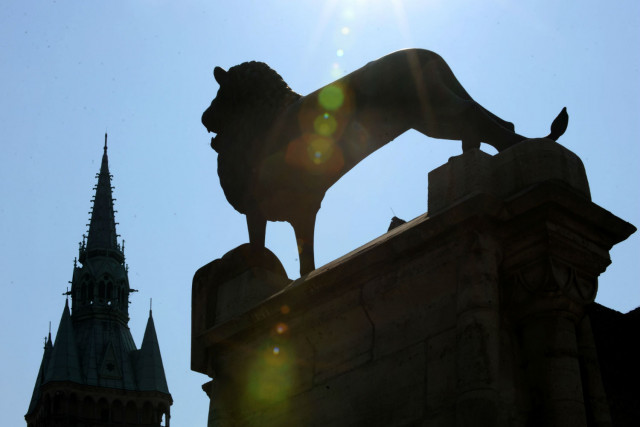
Sun shines on the mighty Braunschweiger Löwe. Photo: DPA
You can see the original statue next door at the medieval Burg Dankwarderode, now a museum showcasing some of the former Duchy's art treasures, accrued over several hundred years. The building itself is also well worth your exploration – after falling into ruin in the 18th century, it was rebuilt and redecorated in spectacular, almost gaudy style in the late 19th century.
While you're in the area, check out the Braunschweigisches Landesmuseum close by, that tells the story of the region from the earliest, prehistoric times. Look for the elongated skull of an ancient Saxon (created with bandages and wooden boards), and an iron 'Hexenstuhl’, built to torture suspected witches.
Braunschweig came into its own with the rise of the Hanseatic League, the trading league that brought such wealth to northern Germany during the late Middle Ages. Long after the league broke up, the city was a powerful trading centre, supplying much of northern Europe.
The riches that flooded into the town manifested in the both magnificent merchant's houses and churches throughout the Magniviertel, the city's oldest standing neighbourhood. For lovers of half-timbered buildings, or 'fachwerk’, this is heaven.
Also within the Magniviertel is the Magnikirche, the city's oldest church, lovingly restored after World War Two. Throughout the church can be found a number of treasures gifted to the church by wealthy burghers over hundreds of years.
During the 18th and 19th century, Braunschweig was the home to the Dukes of Brunswick. The spectacular Braunschweiger Residenz was their home in the city, built in spectacular neo-classical style.
Members of the family would marry into the British royal family – Caroline of Brunswick the most prominent. She married George IV of England and was very, very popular – the opposite of her indolent, debauched husband.
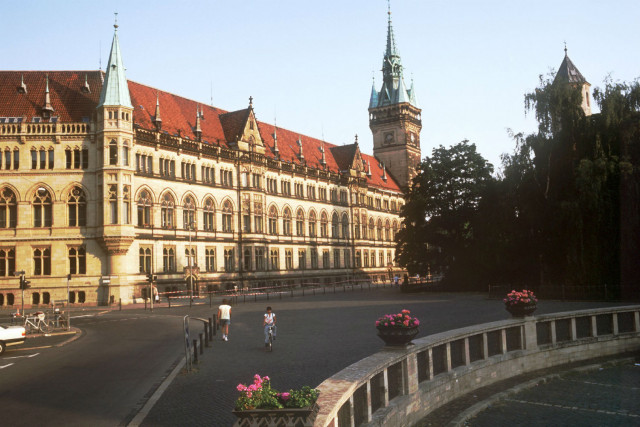
Braunschweig's magnificent old town, including its town hall from the 14th century. Photo: DPA
Today the Resident serves as the city's palace museum and tells some of the stories of those who lived within, tracing the role of family members throughout a turbulent time in European history.
Braunschweig has more than enough both to keep history lovers, and fans of picturesque German cities busy for a weekend, and is easily reached by road and rail. It's about 240 kilometres west of Berlin.
If you decide to visit, we recommend the Hotel Ritter St Georg, housed in a magnificent medieval building, with rooms boasting massive exposed beams and decoration. The breakfasts are also grand in size and taste!
SEE ALSO: Braunschweig: 'Totally friendly to foreigners'
DISCOVER
-
Dom St Blasii / Dompl. 5, 38100 Braunschweig
-
Braunschweiger Löwe / Dompl. 5, 38100 Braunschweig
-
Burg Dankwarderode / Burgpl. 4, 38100 Braunschweig
-
Braunschweigisches Landesmuseum / Burgpl. 1, 38100 Braunschweig
-
Magnikirche / Hinter der Magnikirche 7, 38100 Braunschweig
-
Schlossmuseum Braunschweig (Ducal Palace) / Schloßplatz 1, 38100 Braunschweig
-
Hotel Ritter St Georg / Alte Knochenhauerstraße 12, 38100 Braunschweig



 The pickle harvest in Kasel-Golzig in the Spreewald on July 17th. Photo: DPA
The pickle harvest in Kasel-Golzig in the Spreewald on July 17th. Photo: DPA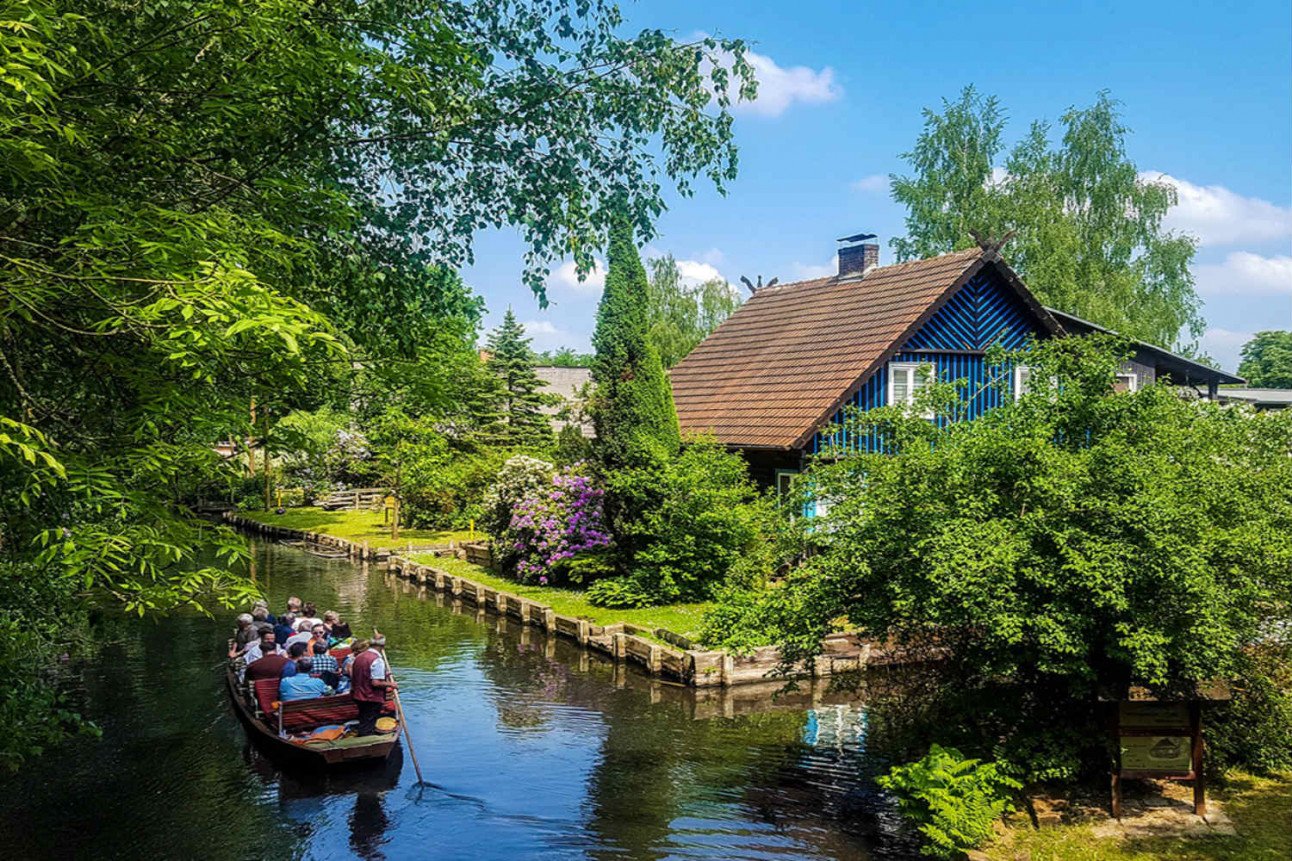
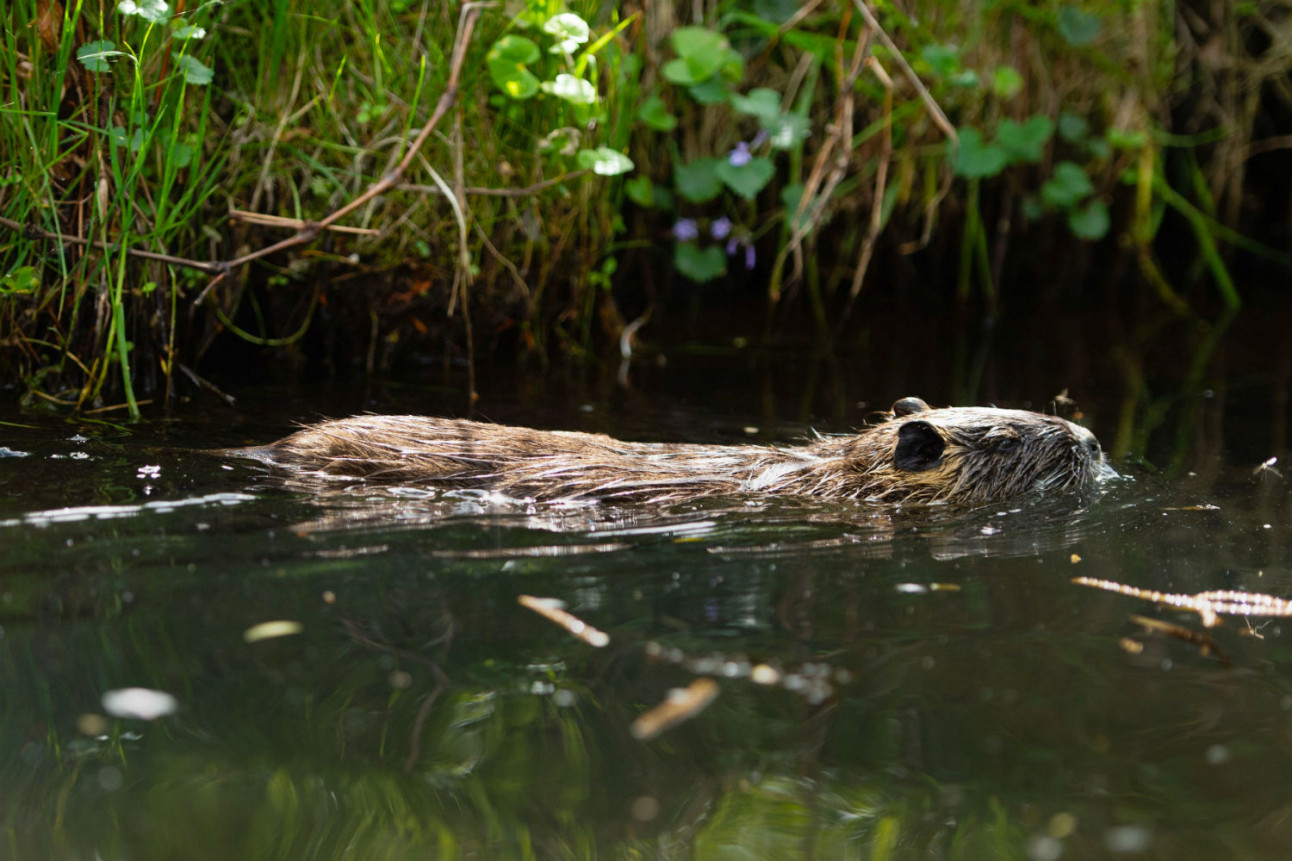
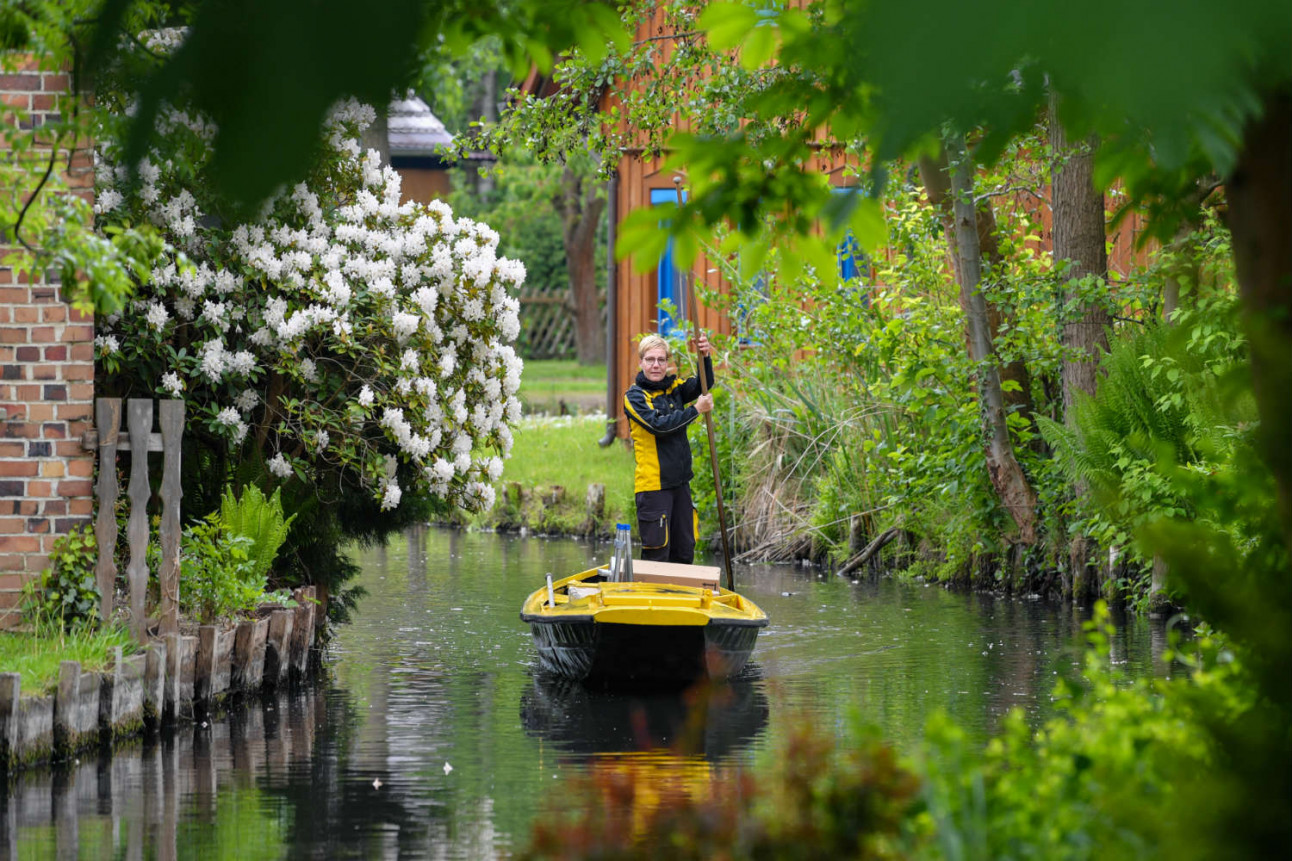
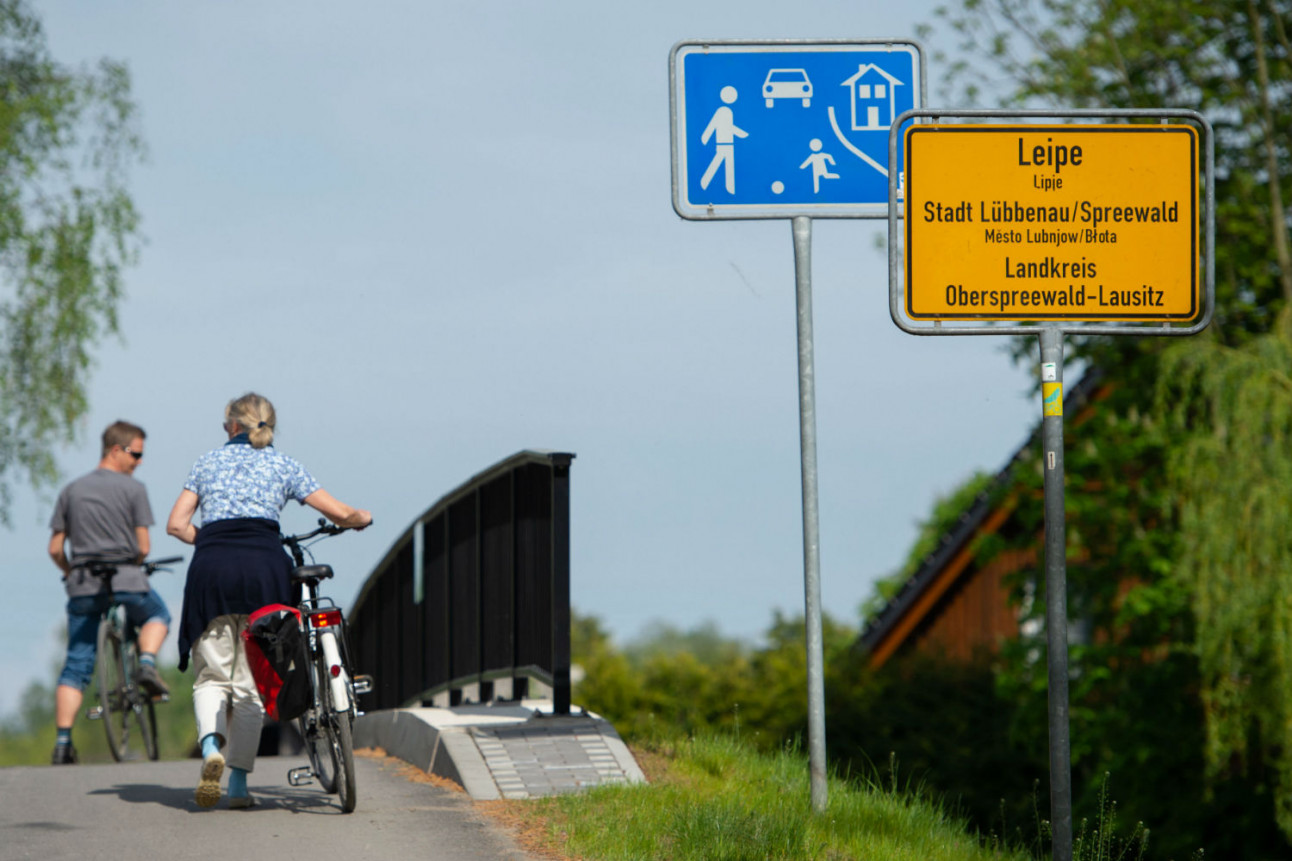
 Please whitelist us to continue reading.
Please whitelist us to continue reading.
Member comments